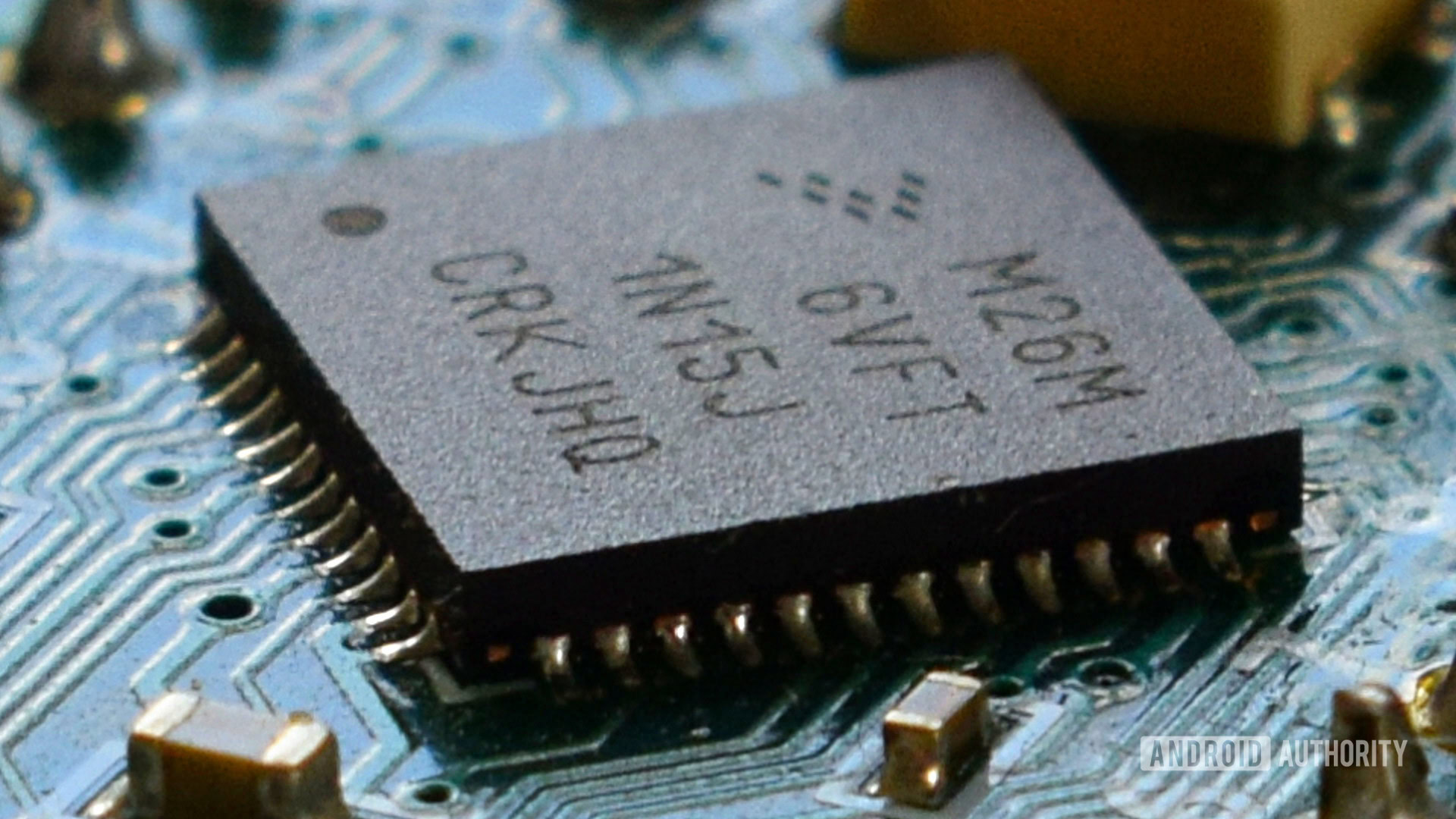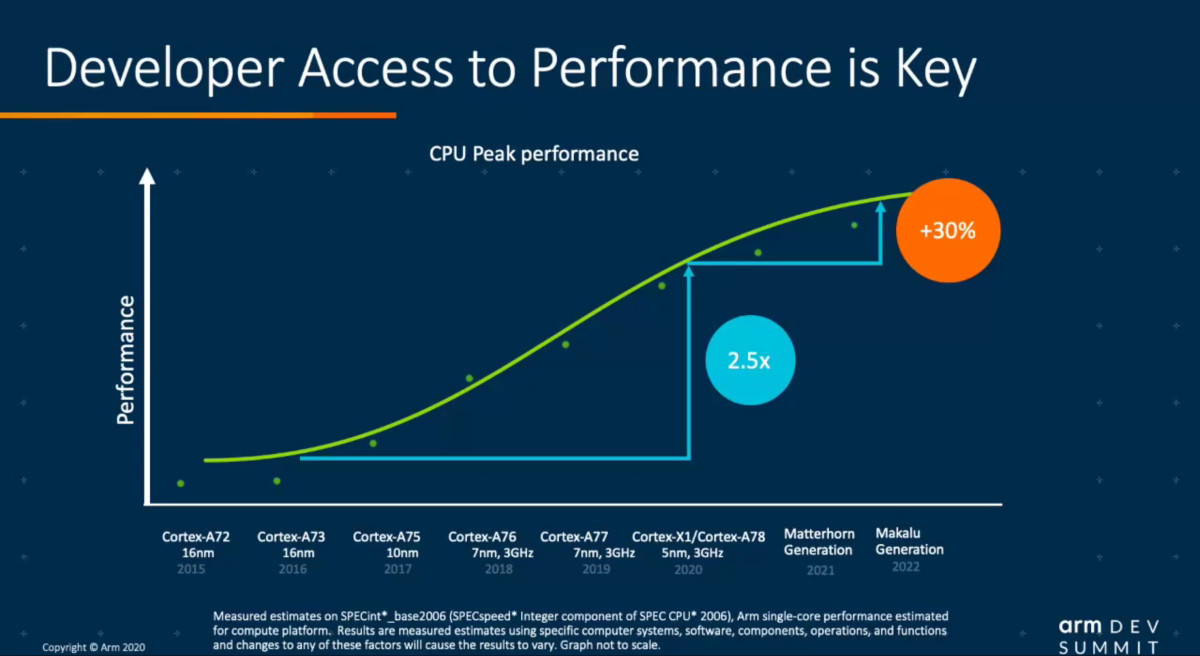Affiliate links on Android Authority may earn us a commission. Learn more.
Future Arm mobile CPUs will drop 32-bit support, and here's what that means
Published onOctober 7, 2020
Speaking at an Arm DevSummit keynote, Paul Williamson, VP and GM of Client Business at Arm, announced that future Arm Cortex-A CPU cores — such as those powering future smartphones — will become 64-bit only come 2022. That means no hardware support for old 32-bit applications in the future, signaling small but important implications for future smartphones and the Android OS.
If you’re worried about app support, fear not. Google has required since August 2019 that all apps submitted to Google Play are 64-bit. Arm also notes that around 60% of apps are already 64-bit compliant. Most of those that aren’t 64-bit fall outside of Western ecosystems, such as Apple and Google, anyway. In other words, most applications are already 64-bit ready and there’s still plenty of time to prepare for the transition. However, one or two older applications that are no longer maintained may simply stop working.
Isn’t Android already 64-bit?
Technically, yes. Android introduced 64-bit support with 5.0 Lollipop back in 2014, but Android and Arm’s CPU cores continue to support legacy 32-bit applications. So, Android is not exclusively a 64-bit OS, at least not yet. It’s this legacy support that’s set to come to an end in 2022 from a hardware perspective, and Google will surely follow suit with Android. From a user perspective, the transition should be mostly seamless.
The benefits of moving over to 64-bit exclusively include improved performance for applications, games, and operating systems, up to 20% in some situations. Developers won’t have to support two binaries anymore, and can instead focus on optimizing just a single 64-bit binary. That could result in quicker update times.
In many ways, the move to 64-bit will be business as usual. Smartphones and applications have been in a state of transition for years now. It’s about time the hardware and software both finalized the switchover. After all, Apple’s iOS 11 went 64-bit only back in 2017.
What we know about Arm 64-bit CPUs

The big news for Arm is that it can finally drop additional silicon from its CPU designs that it has needed to support legacy 32-bit. This will save on silicon area, which could mean smaller and cooler CPU cores or more powerful features in the same size.
The codenames for Arm’s 2021 and 2022 Cortex-A CPUs are Matterhorn and Makalu, the latter of which will be making the switch to 64-bit only. Arm is promising a 30% performance uplift between 2020’s Cortex-A78 CPU and Makalu, so there are still big gains in the pipeline.
The transition to 64-bit only starts with the big Cortex-A CPU cores. The change to 64-bit exclusivity won’t necessarily coincide with a new architecture, such as ArmV9. In other words, we’re probably looking at CPU cluster designs that mix 64-bit only Makalu with a smaller 32/64-bit CPU, such as the Cortex-A55. Although the final products will be 64-bit only from a developer and user point of view.

It will be a while longer until we see a 64-bit only small core to complement the big core, leaving the door open for lower power devices to continue to support 32-bit a while longer. There are hints that we may see a small CPU core to replace the Cortex-A55 before then. Although such a core will continue to provide 32 and 64-bit support to ensure a smooth transition.
Moving to 64-bit exclusively is a big deal for Android, developers, and Arm. It’s an important step to simplify the current tangle of legacy support. However, it’s not going to mark a fundamental change to the ecosystem and the end user’s day to day experience. As long as app developers make the transition — and there’s still plenty of time to do so — consumers probably won’t even notice the switch.
More on Arm CPUs: Arm Cortex-X1 and Cortex-A78 explained